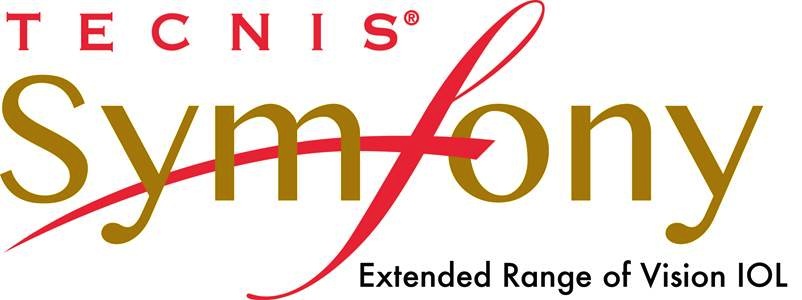
The Symfony Lens: Enhanced Optics for the Active Lifestyle after Cataract Surgery
The Holy Grail for eye surgeons would be to have an implant that would provide for simultaneous far and near vision–and everything between–after cataract surgery. Although multifocal intraocular lenses have been in common use now for over 20 years, they are not for everyone. Specifically, certain conditions such as astigmatism, retinal or corneal disease, and dry eye can make vision after multifocal implants less than optimal.
Last year, the Symfony intraocular lens, made by AMO, was approved by the FDA. This is the first so called extended depth of focus lens to enter the marketplace, creating a longer range of clear vision as compared to previous multifocal designs through improved optics which correct not only spherical aberration, but also chromatic aberration. Although Symfony patients might not be able to read the very smallest lines of print after surgery, we are finding that they tend to have a more effective range of vision than traditional multifocal IOl patients. Specifically, we’re finding that Symfony patients tend to excel without glasses in real world situations like seeing the dashboard while driving a car and reading a cell phone, tablet, or computer screen, whereas older designs that had more magnification at near tended not to see well with intermediate tasks.
Moreover, the Symfony lens is now available in a toric version that corrects for astigmatism at the same time as it corrects far and near vision. This enables patients who previously were not candidates for multifocal lenses to have an extended range of vision.
Is the Symfony lens the Holy Grail for cataract surgery? Well maybe not quite, but it appears to be the closest thing to it we have at our disposal today. The smiles and happy faces I see the day after surgery, with patients asking, “can I have my second eye done tomorrow” appear to be proof that this technology works.
Tags: #cataract, #laser, #lasik, #multifocal, #presbyopia, #symfony

